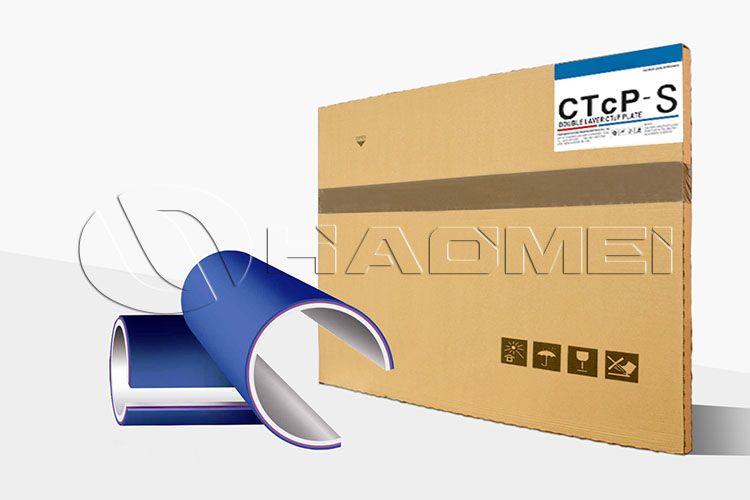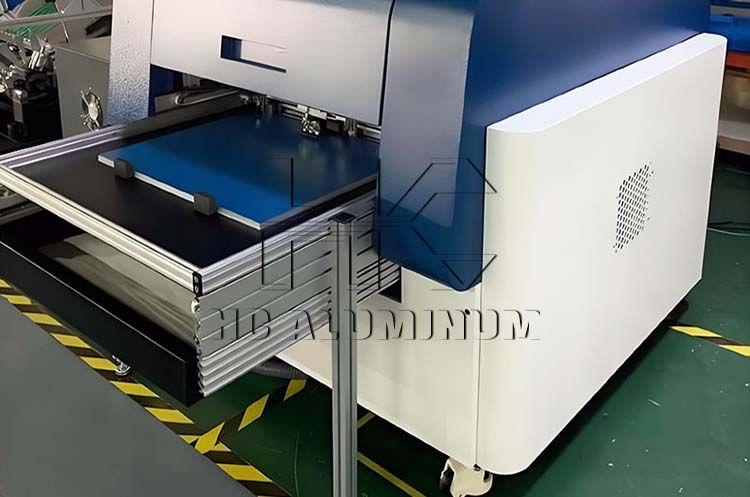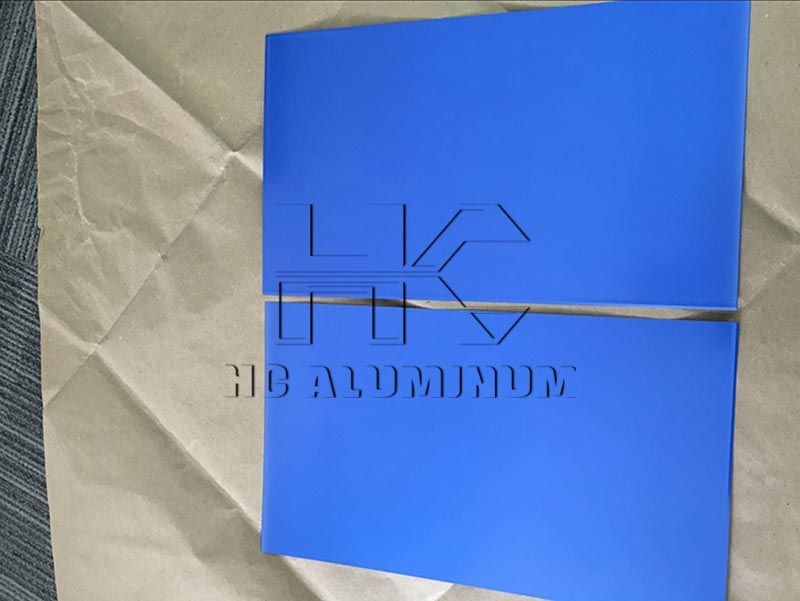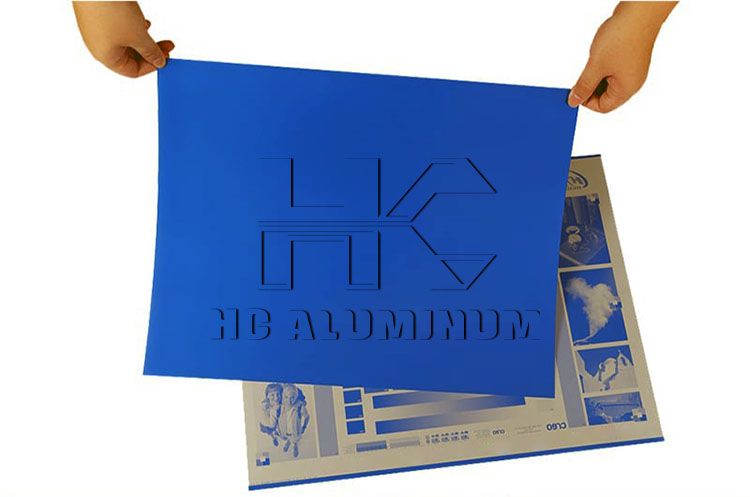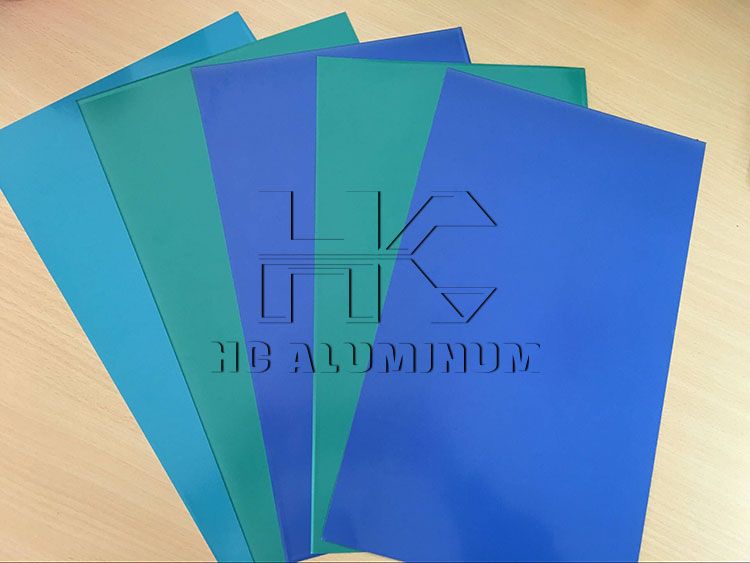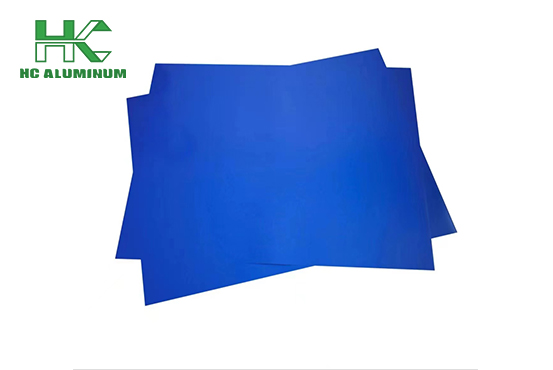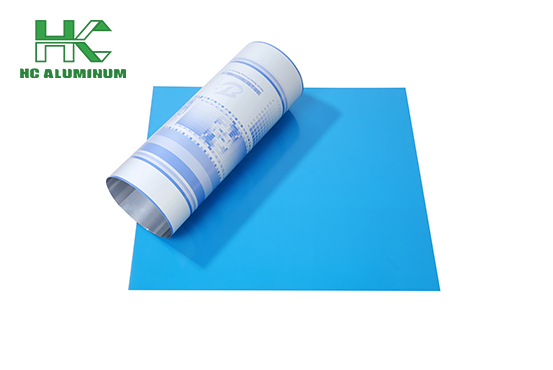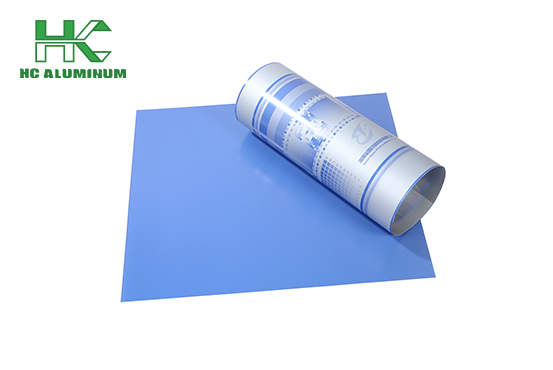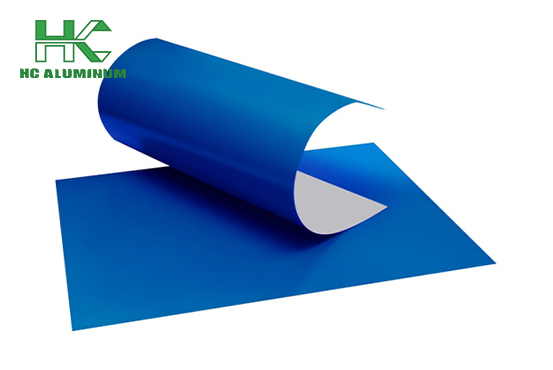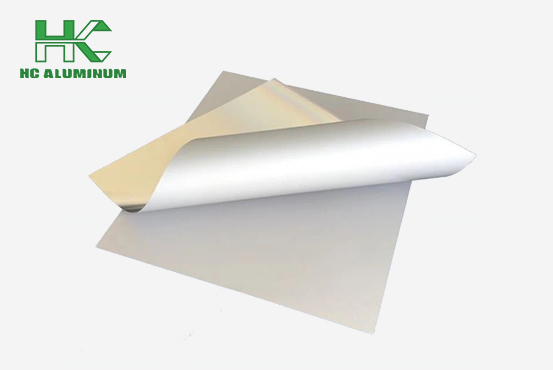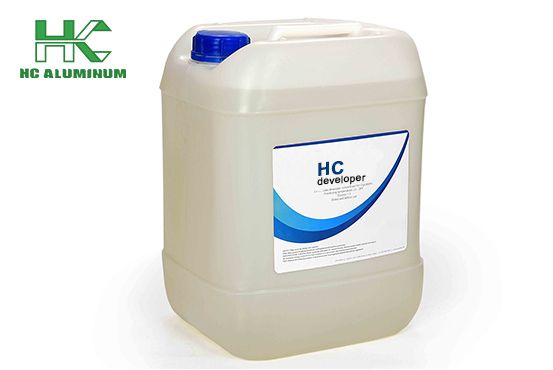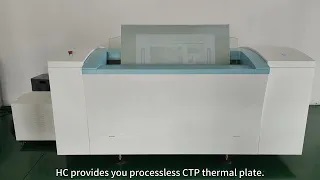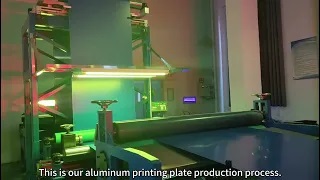A Comprehensive Guide To Choose The Right CTP Plates For Offset Printing
In the offset printing process, CTP (computer-to-plate) plates are the critical bridge between digital files and physical prints. Their selection directly impacts print quality, production efficiency, and cost control. For printing companies and practitioners, faced with the diverse range of CTP plates on the market, choosing the right digital printing plates based on their specific needs while balancing performance and price is a crucial challenge.
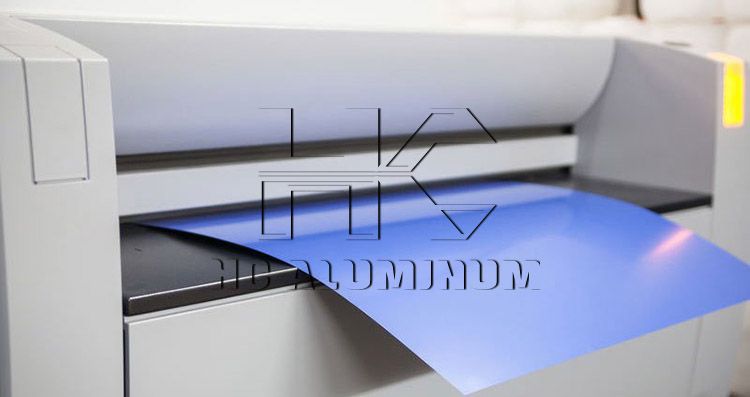
1. Thermal CTP Plates
Thermal CTP plates are one of the most widely used types. Their core principle is to differentiate between image and non-image areas by absorbing infrared laser energy (typically with a wavelength of 830nm or 1064nm) to produce a thermochemical reaction.
Core Features: Insensitive to visible light, it can be operated under normal indoor lighting without strict light protection, making plate storage and platemaking more convenient. High platemaking resolution enables clear reproduction of fine graphics (e.g., dots above 175 lines per inch). Printing runs are strong, with standard models offering runs between 100,000 and 300,000, and some enhanced models exceeding 500,000. Compatible with environmentally friendly developers, it aligns with current trends in green printing.
Applications: Suitable for long-run printing (e.g., magazines, books, and gift boxes), fine graphics (e.g., high-end brochures and commercial posters), and large and medium-sized printing companies requiring high production process stability.
2. Violet CTP Plates
Violet CTP plates rely on the photosensitivity of violet laser light (wavelength 405nm) to create images, and are a representative type of photosensitive plate.
Core Features: The shorter laser wavelength allows for extremely high imaging precision, easily achieving dot printing above 200 lines per inch (LPI), making it suitable for reproducing complex gradients and fine text (e.g., dictionaries and manuals). It also boasts fast platemaking speeds and a high tolerance for equipment, ensuring stable output even from mid-range and low-end violet laser CTP equipment. However, it is light-sensitive, requiring operation under a yellow safety light and requiring stricter storage requirements.
Suitable Applications: Short-run, fast print runs (e.g., flyers, event brochures), high-precision printed materials (e.g., stamps, anti-counterfeiting labels), and small and medium-sized printing studios with high production efficiency requirements.
3. Process-Free CTP Plates
Process-free CTP plates have become a rising star in recent environmental trends. They eliminate the need for traditional developing and washing processes and can be printed directly after platemaking.
Core Features: Extremely environmentally friendly, with no developer discharge, reducing wastewater treatment costs. A simplified process eliminates developing equipment and operational steps, reducing labor and equipment investment. However, due to technical limitations, the current press run is relatively low, with standard versions typically ranging from 50,000 to 150,000 prints. Furthermore, the printing pressure and ink compatibility requirements are more stringent, and some plates are prone to dot dropout in humid environments.
Suitable Applications: Regions with strict environmental requirements (such as the EU and first-tier cities in China), small-batch personalized printing (such as custom greeting cards and business cards), and startup printing companies seeking streamlined production processes.
4. Traditional PS Plates
Although not strictly CTP plates, some small businesses are still using a "CTP + PS plate" transition solution, which is provided here as a reference.
Core Features: Extremely low price, but requiring multiple steps such as exposure and development, resulting in a cumbersome process, low precision, and poor press run (mostly under 30,000 prints), it is gradually being phased out of the market.
Suitable applications: It is recommended only for temporary printing (such as construction site signage and simple notices) with a very low budget and no high-precision requirements. It is not recommended for long-term use.
Printing Plate Price
The offset printing plate cost is affected by factors such as type, specification (size), purchase volume, and brand. CTP plate prices vary significantly between different sizes. Quarto plates cost approximately 50%-60% of folio plates, while full-size plates cost approximately 1.8-2.2 times as much.
Brand significantly influences price. Imported brands (such as Fuji and Kodak) are 20%-30% more expensive than domestic brands (such as Haomei and HC printing). However, imported brands tend to have a slight advantage in stability.
It's important to note that some printing plates require a comprehensive consideration of long-term costs. For example, while process-free plates may cost more per sheet, they eliminate ongoing costs like developer (approximately 500 yuan per barrel) and wastewater treatment (approximately 2,000 yuan per month). Over time, this can offset the price difference.

